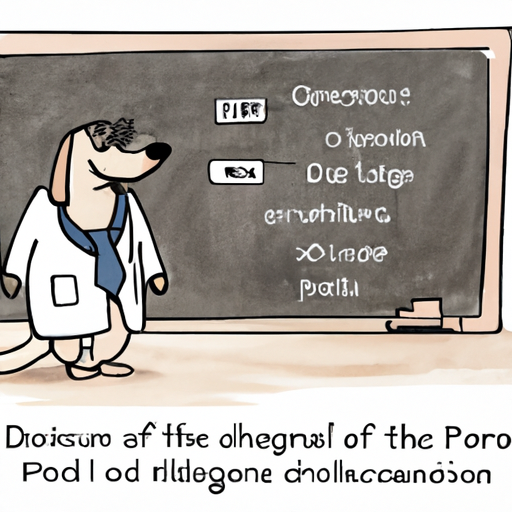Our furry friends are known for their expressive eyes, their energetic nature, and their undying love for their owners. One of the most distinctive features of a dog is its tail, which can tell us a lot about what our four-legged friend is feeling or thinking. But what do dogs use their tails for, exactly? This question has intrigued scientists, dog owners, and animal lovers alike for years. Let’s unravel the mystery together.
Table of Contents
- The Function of a Dog’s Tail
- Communication Tool
- Balance and Movement
- Protection and Temperature Regulation
- Health Indicator
- Frequently Asked Questions
Key Takeaways
- The tail is an important tool for dogs to communicate their emotions and intentions.
- It helps in maintaining balance and aids in movements like swimming.
- Dogs use their tails for protection and temperature regulation.
- The state of a dog’s tail can indicate its health.
The Function of a Dog’s Tail
A dog’s tail is more than just an appendage. It serves multiple purposes that are essential for a dog’s daily life. This includes communication, maintaining balance, providing protection, and serving as a health indicator.
Communication Tool
One of the primary functions of a dog’s tail is to communicate. Dogs are social animals and they use their tails to express a wide range of emotions and intentions to other dogs and humans.
For instance, when a dog is happy or excited, it will wag its tail vigorously. This is a universal sign of a happy, friendly dog. On the other hand, a tucked tail often indicates fear, submission, or anxiety.
Moreover, the direction of the tail wag also carries meaning. According to a study published on the Scientific American website, a wag to the right signifies positive emotions, while a wag to the left indicates negative emotions.
It’s also worth noting that different breeds have different tail postures and wagging styles. This is where a guide on dog tail positions can come in handy.
Balance and Movement
Another vital function of a dog’s tail is aiding in balance. The tail acts as a counterbalance when a dog is running, jumping or climbing. This especially comes to light when we observe dogs like Greyhounds and Border Collies, who need to make sharp turns while running at great speeds.
The tail also plays a significant role in swimming. Dogs use their tails as rudders to steer through water, which is why breeds like Labrador Retrievers, who are known for their swimming abilities, have strong, thick tails.
Protection and Temperature Regulation
The tail also serves as a form of protection. For breeds with bushy tails like the Alaskan Malamute or the Siberian Husky, the tail acts as a warm cover to protect their face and nose in extreme cold conditions.
Moreover, dogs also use their tails to spread their natural scent. The anal glands located near a dog’s tail secrete pheromones, which are spread every time a dog wags its tail. This helps in marking their territory and communicating with other dogs.
Health Indicator
Lastly, a dog’s tail can be an indicator of its health. Changes in tail movement can often signal a health issue. For example, limping or an inability to wag the tail could indicate an injury. Changes in tail posture can also be a sign of stress or anxiety.
More serious conditions like Canine Degenerative Myelopathy can also affect tail movement, making this an important aspect for dog owners to monitor.
Frequently Asked Questions
1. Why does my dog wag its tail?
Wagging is primarily a form of communication. A dog may wag its tail when it’s happy, excited, or sees someone it recognizes. However, tail wagging can also indicate stress or anxiety. It’s important to consider the context and other body language signals.
2. What does it mean if my dog’s tail is tucked?
A tucked tail usually indicates fear, anxiety, or submission. It can also be a sign of physical discomfort or pain.
3. Can a dog wag its tail if it’s not happy?
Yes, dogs can wag their tails in various emotional states, not just when they’re happy. For instance, a high and stiff wag can indicate agitation or aggression.
4. What does a tail’s movement to the left or right mean?
According to research, a wag to the right signifies positive emotions, while a wag to the left indicates negative emotions.
In conclusion, a dog’s tail is a multifunctional tool. It’s a means of communication, a balance aid, a protection device, and a health indicator. By understanding these functions, we can deepen our bond with our furry friends and ensure their well-being. For more insights into understanding your dog’s behavior, check out this guide on dog body language.



